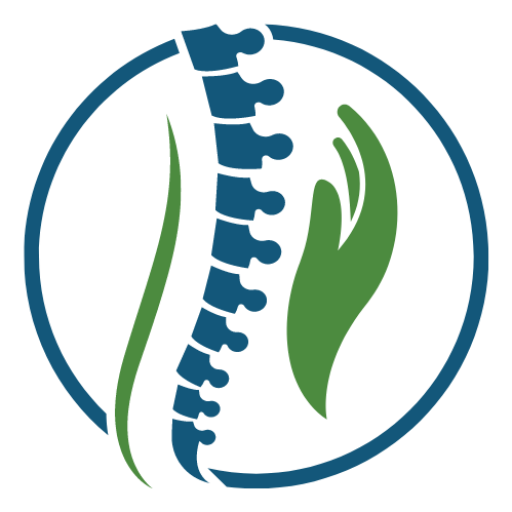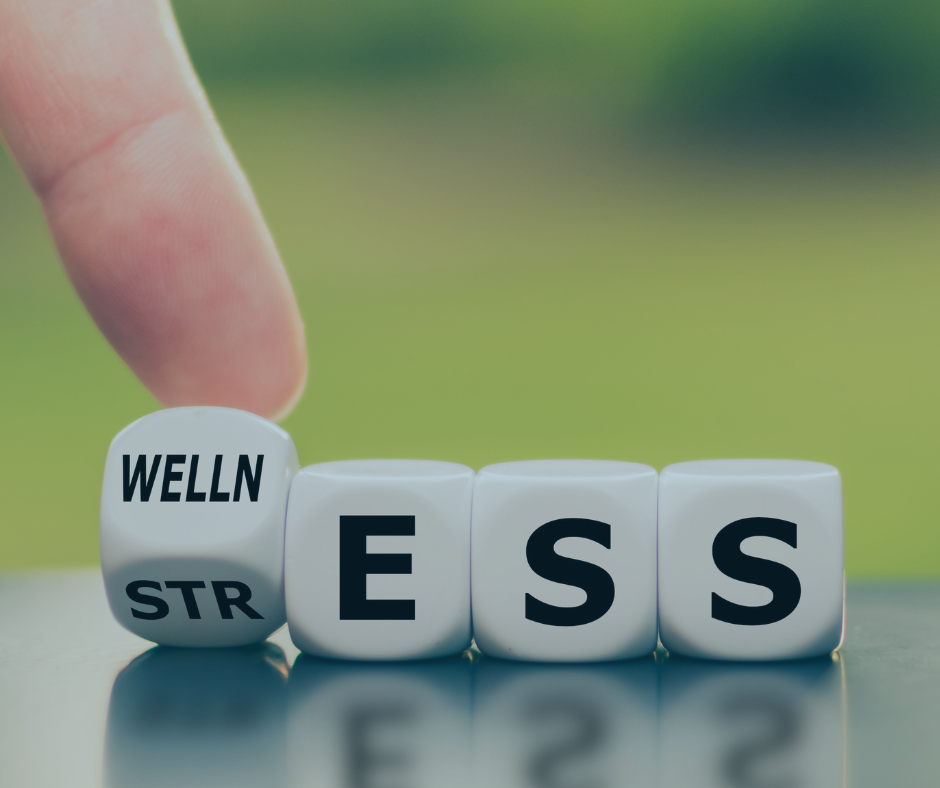Back Pain Causes: The Effects of Poor Posture
Poor posture can lead to increased strain on the muscles and ligaments of the back, causing discomfort and pain. When individuals slouch or hunch over, they put added pressure on the spinal discs, which can lead to further issues. Improper alignment of the spine with poor posture can contribute to chronic back pain, as the muscles and ligaments are forced to work harder to support the body in an unnatural position. Over time, this increased strain can result in muscle imbalances and further structural changes that exacerbate back pain causes.
Slouching or sitting with poor posture for long periods of time causes the muscles supporting the spine to work too hard, making individuals more susceptible to injury. Muscles under too much stress due to lack of proper bone alignment increases the risk of strain or sprain. By maintaining good posture throughout the day, you can reduce the risk of developing or exacerbating back pain. Keeping good posture and making adjustments as needed to keep you sitting up straight, with the shoulders back, and allowing the core muscles to be engaged, can help prevent unnecessary strain on the back.
It is important to be conscious of posture habits and make an effort to correct them in order to prevent back pain. By making small adjustments, such as sitting with proper alignment, standing tall, and avoiding slouching, you can reduce the likelihood of experiencing discomfort and pain in the back. Restoring good posture helps the muscles do their job of moving the spine and body efficiently, ultimately leading to a reduced risk of injury and back pain.

Improved Health & Wellbeing Begins Here
The Impact of Physical Trauma and Back Pain Causes
Physical trauma can lead to acute back pain, causing sudden and severe discomfort. Injuries such as a fall or car accident can result in damage to the muscles, ligaments, and discs in the spine, secondary to bones being shifted into the wrong position where they can’t hold the body up properly. Trauma-induced back pain may require immediate medical attention and treatment depending on the severity. When left untreated, acute back pain can progress to chronic back pain, which can significantly impact the individual’s quality of life and ability to perform daily activities.
It is important to seek help as soon as possible after experiencing physical trauma to the back to prevent the development of chronic pain. If you have severe pain, muscle spasms, or sharp pain, it is important to be evaluated and see if ABC™ treatment can help reduce your pain or if additional treatment options are required.
In addition to acute and chronic pain, physical trauma can also lead to other back health issues such as a herniated disc, spinal stenosis, and degenerative disc disease. These conditions can cause further pain, discomfort, and limit your mobility. Proper diagnosis and treatment of these conditions are essential to prevent long-term complications and improve your overall spine health.
Understanding the impact of physical trauma on back health is crucial for prevention and management of back pain. By taking preventive measures such as practicing proper body mechanics, maintaining a healthy weight, and staying active, you can reduce the risk of experiencing back injuries. In the event of physical trauma, seek prompt attention and following a comprehensive treatment plan to help minimise the long-term effects on back health. By prioritising your back health and being proactive in addressing injuries, you can maintain a healthy and functional spine for years to come.
Understanding the Role of Repetitive Stress in Back Pain Causes
Repetitive stress from activities such as sitting with poor posture or improper lifting techniques can strain the muscles and ligaments in the back. This constant strain can gradually lead to inflammation and pain in the affected area. That’s why it is crucial to be mindful of good body mechanics and take breaks to help avoid overexertion and prevent back pain. By proactively addressing these factors, you’ll minimise the risk of developing chronic back issues caused by repetitive stress.
Seeking guidance from an ABC™ practitioner can provide valuable insights into ways to reduce repetitive stress on the back. Biomechanics professionals can assess posture, lifting techniques, and daily activities to identify potential risk factors and recommend appropriate modifications. By improving muscle flexibility and strength by ensuring that the bones are aligned properly, individuals can better support their body and reduce the strain on their back muscles during daily activities.
You can take proactive steps to address repetitive stress and its impact on back health. Correcting structural problems is essential for maintaining overall well-being and preventing long-term discomfort. By being mindful of positioning, lifting techniques, and the importance of regular breaks, you can minimise the risk of developing chronic back pain. Consulting with healthcare professionals and making exercise a normal activity and part of your daily routine can further support back health and reduce the likelihood of experiencing pain and discomfort due to repetitive stress.
Birth Trauma: Surprising Back Pain Causes
Birth trauma can lead to misalignments in the spine, causing long-term issues with back pain. The pressure and stress on mum during childbirth can result in damage to the nerves and muscles in the back, leading to chronic pain and discomfort. Additionally, babies born via forceps or vacuum extraction are more likely to experience back pain later in life due to the added strain and pressure placed on their delicate spines and other structures during delivery.
Cesarean sections can also contribute to back pain in the mother as the abdominal muscles are weakened by the procedure, affecting the overall stability and support of the upper body. When bones and joints shift out of their usual positions to allow room for growth of the baby, once childbirth occurs, these don’t always return to their original optimal positions. Caring for your back and minimising back problems during pregnancy and postpartum, will help mum quickly return to everyday activities with a new baby in the house.
Birth trauma can have a lasting impact.
Sadly, birth trauma can have a lasting impact on the musculoskeletal system, potentially causing structural imbalances that can lead to back pain later in life. The physical trauma of childbirth can result in misalignments of the vertebrae, discs, and joints in the spine. This creates a domino effect of pain and dysfunction throughout the body. These misalignments can put stress on the nerves, causing radiating pain, numbness, and tingling sensations in the back and extremities. This can significantly impact an individual’s quality of life and ability to perform daily activities.
It is important for individuals who have experienced birth trauma (as mother or child) to seek treatment from an ABC™ practitioner to alleviate back pain symptoms. These healthcare professionals can help address the underlying issues caused by birth trauma, such as spinal misalignments leading to muscle imbalances, and nerve compromise. Through spinal adjustments and learning to support the body structurally, individuals can find relief from their back pain and improve their overall spinal health. By addressing birth trauma-related issues as early as possible, you can prevent long-term complications and enjoy a better quality of life.
The Importance of Nutrition in Preventing and Managing Back Pain Causes
Proper nutrition plays a crucial role in maintaining overall spinal health and reducing the risk of back pain. Consuming a balanced diet rich in vitamins and minerals gives your body the building blocks it needs. In addition, getting essential nutrients like calcium, magnesium, and vitamin D can help maintain strong bones, which are essential for a healthy spine.
Eating foods high in antioxidants, such as fruits and vegetables, can help reduce inflammation in the body, which is often a contributing factor to back pain. Chronic inflammation can lead to pain and discomfort in the back, so incorporating anti-inflammatory foods into your diet can help alleviate these symptoms. Additionally, staying hydrated is important for maintaining healthy spinal discs and preventing stiffness in the back. Drinking an adequate amount of water throughout the day can help keep the discs between the vertebrae well-hydrated, which complements proper spinal alignment and reduces the risk of pain.
Incorporating foods high in omega-3 fatty acids, like salmon and walnuts, can also help reduce inflammation and alleviate back pain symptoms. Omega-3 fatty acids have been shown to have anti-inflammatory properties, which can be beneficial for individuals experiencing chronic back pain. Consulting with a nutritionist or healthcare provider can help develop a personalized diet plan to address specific back pain issues. By working with a professional, you can create a nutrition plan that is tailored to your individual needs and can help manage and prevent back pain effectively.
As part of your Advance Biostructural Correction™ treatment, we recommend specific supplements proven to support your good health allowing you to enjoy better health through better posture.
The Dangers of a Sedentary Lifestyle: Back Pain Causes & Effects
The dangers of a sedentary lifestyle regarding back health are numerous and significant. Prolonged sitting can push vertebrae forward and contribute to poor posture, which can lead to chronic back pain and discomfort. Lack of physical activity can also lead to weight gain, putting added stress on the spine, especially if it isn’t well aligned. Excess weight can increase the risk of developing conditions such as sciatica and herniated discs, further exacerbating back issues.
Sedentary lifestyles can have long-term effects on back health, as the lack of movement and exercise can contribute to muscle imbalances and decreased flexibility. Without regular physical activity, the back muscles can become weakened and prone to injury. Additionally, sitting for long periods without breaks can exacerbate existing back pain and discomfort, making it even more challenging to maintain a healthy back.
It is crucial to prioritise regular movement and exercise in order to help maintain a healthy back and prevent the negative effects of a sedentary lifestyle. Incorporating activities such as strength training, and some aerobic exercise can help strengthen the back muscles, help maintain improved posture, and reduce the risk of developing chronic back conditions. When you make an effort to stay active and avoid prolonged periods of sitting, you can significantly improve your back health and overall well-being.
How Postural Changes Cause Wear & Tear Over Time
Significant postural changes in the body can cause wear and tear over time, particularly in the spine, but also in all weight-bearing joints. Wear and tear is one of the most common pack pain causes. Degenerative changes in the spine, such as disc degeneration, osteoarthritis, and spinal stenosis, mean the structures in the spine have become less able to support the body properly. Forward head posture, rounded shoulders, and an increased curvature of the spinal column, are all postural changes which affect the mechanical alignment of the body and lead to discomfort and pain.
Poor posture can further exacerbate wear and tear on the spine, as it places additional stress on joints and ligaments that support the spine. This can lead to muscle imbalances, tightness, and weakness, which can contribute to back pain and further postural changes. A sedentary lifestyle and lack of exercise can worsen these postural changes, as the muscles become weaker and less able to support the spine, leading to an increased risk of injury and pain.
Repetitive movements and heavy lifting can also contribute to wear and tear on the spine, as they place increased stress on the structures of the spine and can lead to microtrauma over time, especially once the alignment of bones is already creating more stress on the joints at a baseline level. Aging and the natural changes of the spinal tissues can further exacerbate these issues, as the discs in the spine lose their ability to cushion the vertebrae as effectively, leading to decreased mobility and flexibility in the spine.
What Are Your Back Pain Causes?
Are you suffering from any of the following?
- Sciatic nerve pain
- aches due to muscle strain
- chronic low back pain
- bulging disc
- leg pain
- degenerative disc disease
- dull ache in the back or shoulders
- migraine
- severe back pain

Improved Health & Wellbeing Begins Here
What Others Are Saying
Back Pain Causes: The next step toward better health.
Well here’s some good news! Schedule an appointment to see your ABC™ practitioner today and let us help you address the cause of your back pain. There can be many common causes of lower back pain as well as underlying conditions that may be contributing to your overall discomfort. We will get a history of your medical conditions to better understand your back pain causes. Your comprehensive consultation and exam will help ensure ABC™ is the best choice to address your concerns and bring better mobility and pain relief. Working together you can achieve better health through better posture.

🌟🌟🌟🌟🌟
ABC™ and Dr Tim have dramatically helped both myself and my daughter. I have scoliosis and my daughter has posture issues which lead to terrible migraines. Tim helped us both improve our posture which led to us looking and feeling on top of the world! My daughter’s migraines have now gone! Would recommend to anyone! ~Lisa

🌟🌟🌟🌟🌟
Regular treatments from Dr Tim has helped me with back pain and headaches. It’s been massively beneficial to my health and well being . Highly recommend. ~W.D.
🌟🌟🌟🌟🌟
Back + body feel so much better with regular support + treatment from Dr Tim. Highly recommend.
~ Victoria

